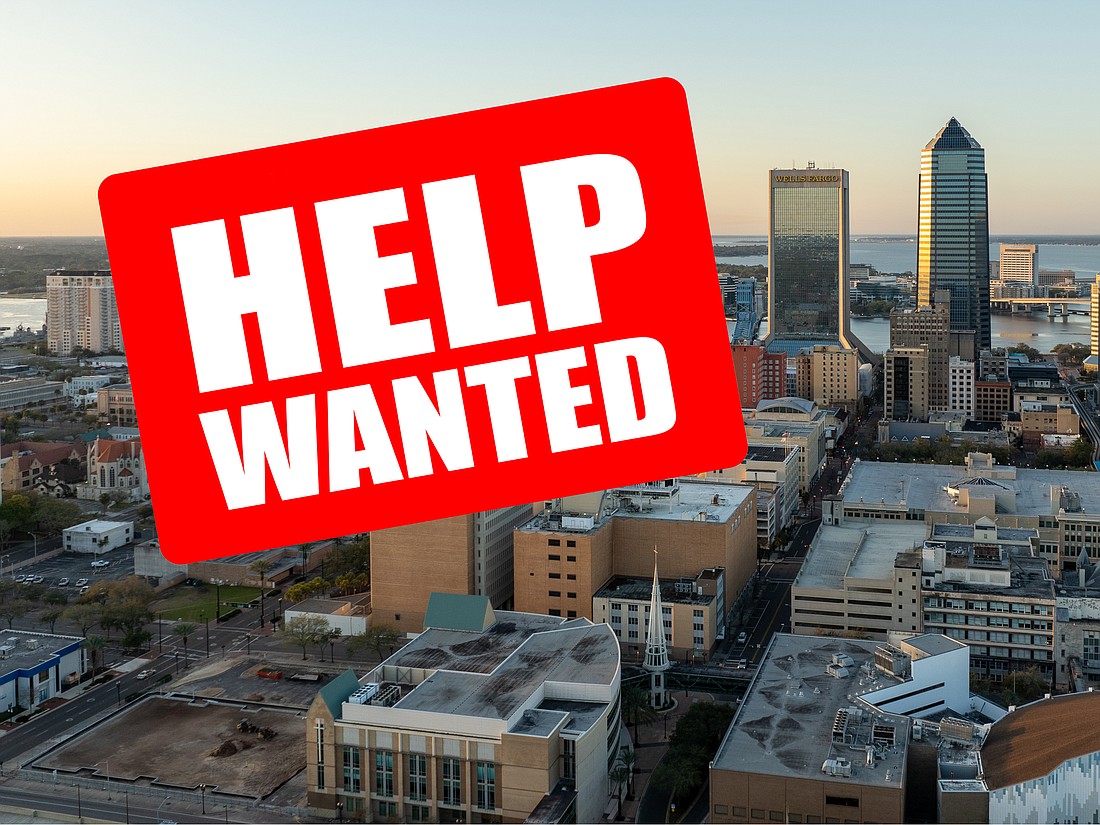
A monthly survey of Jacksonville area manufacturers by the University of North Florida’s Local Economic Indicators Project indicates the businesses expect to expand their payrolls, building on an already strong labor market in Northeast Florida.
In fact, Jacksonville was one of the hottest labor markets in the country in 2023, according to an April 9 story in The Wall Street Journal.
The Journal, in a study done with Moody’s Analytics, ranked 380 U.S. metropolitan areas based on five employment indicators and determined Jacksonville’s job market was second only to Salt Lake City.
It was not a fluke, because Jacksonville ranked third in the newspaper’s 2022 survey.
More positive signals
While the Journal looked back at last year, UNF’s Jacksonville Economic Monitoring Survey looks forward at the Northeast Florida economy and is projecting positive signals.
The monthly survey produces 12 indicators of activity in the manufacturing sector, based on responses from Jacksonville area businesses, with a reading above 50 indicating expansion.

The employment index stood at 53 in March, which UNF economist Albert Loh said was consistent with increased production levels at Jacksonville manufacturers suggested by other indicators.
The output index was 59 in March and the new order index was at 53, so businesses need to add staff to keep up with expanding production levels.
A purchasing managers’ index for Jacksonville derived from all the data was at 52.8 in March, which Loh said indicates a slight expansion of the manufacturing economy.
“The business activity outlook index also reflects optimism, standing at 56, suggesting that manufacturers in Jacksonville are confident about future business activities. This sentiment is echoed by respondents noting strong or improved demand,” Loh said in his report on the monthly survey.
“JEMS respondents suggesting that the current marketplace is ‘slowly starting to pick up,’ ‘still strong,’ and that ‘demand is strong and looks like it will remain strong into the summer months’ further support the positive outlook reflected in the index,” he said.
“This positive outlook can have ripple effects across the economy, leading to increased investments, job creation, and overall economic growth.”
The Wall Street Journal said Jacksonville’s strong labor market is part of a trend in all major Florida metro areas.
Right behind Jacksonville, Orlando ranked third, Tampa was fourth and Miami was sixth in the survey.
The newspaper said Jacksonville’s overall position included a ranking of first in the nation in change in labor force size, second in payroll change, sixth in unemployment and 32nd in labor force participation.
The story did not give metro area’s rankings in the fifth indicator used, changes to employment levels.
Positive global signs
Looking beyond Northeast Florida, a Dun & Bradstreet quarterly report on the world economy showed positive signs.
The Jacksonville-based business data firm said its Global Business Optimism Index rose 5.4% from the previous quarter.
“The continued improvement in overall business optimism indicates that businesses are regaining stability after grappling with inflationary pressures and global monetary tightening,” Neeraj Sahai, President of Dun & Bradstreet International, said in an April 3 news release.
However, the survey found declining optimism about supply chains, as geopolitical events have forced rerouting of shipments in some trade routes.
“Today’s supply chains face unprecedented risks from volatile trade relations, civil unrests, extreme weather, and disasters such as the recent incident in Baltimore,” Sahai said.
“Increasingly businesses are mitigating these risks by leveraging data to identify opportunities for reshoring, nearshoring, and friendshoring,” he said.
Dun & Bradstreet said nearly one in six businesses are increasing investment in supply chain risk management because of those concerns.